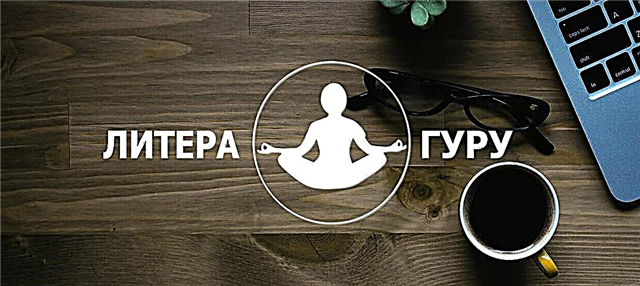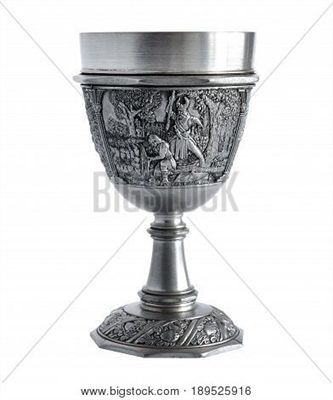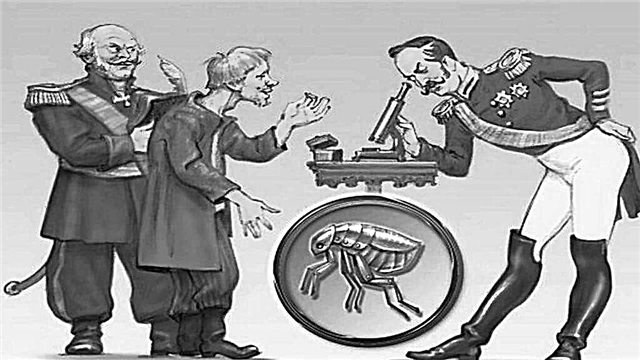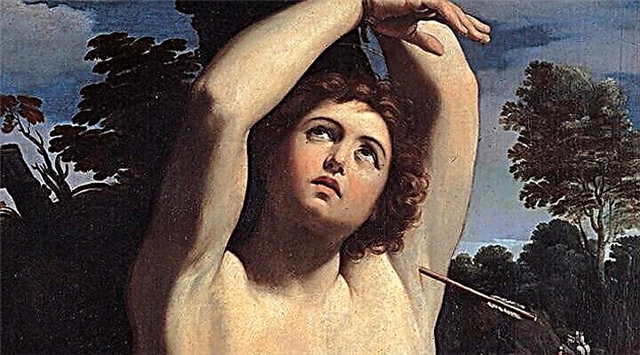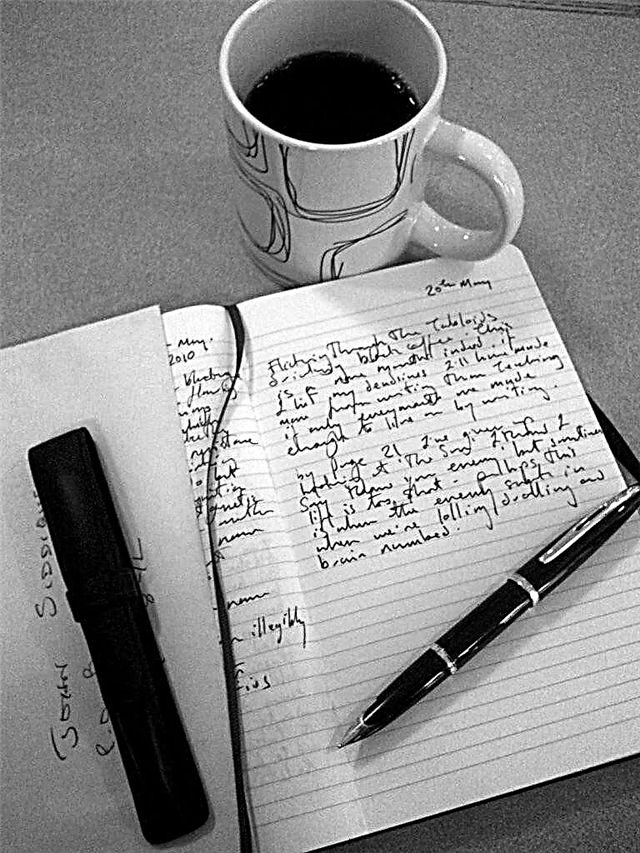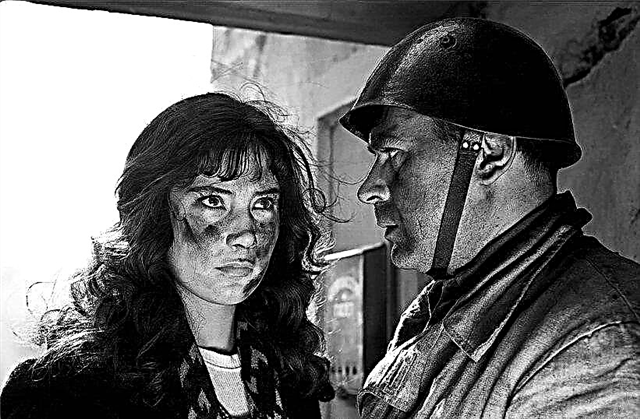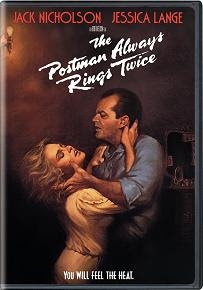The scene is a small town on the eve of the advent of enemy troops. According to the author, the events described in the novel are strictly real, that is, they do not claim any allegorical significance, however, the reality is portrayed in it not as familiar to the reader from personal experience, but fictitious.
The story begins with the fact that a certain soldier, exhausted and stiff from the cold, stands in the winter cold under the continuously falling snow near the lantern and is waiting for someone. In his hands he holds a tin box wrapped in brown paper, similar to a shoe box in which are some things that he must pass on to someone. He does not remember the name of the street where the meeting should take place, nor the time; He knows neither of which military unit he is from, nor whose overcoat on it. From time to time he crosses to another street, exactly the same, covered with snow, drowned in a haze, stands near the exact same lantern, as if through a maze, wanders around the intersection of deserted and direct alleys, not knowing why he is here, nor how much time he already spent here, not how much longer stand it. The scenery of the novel is strictly outlined: this is a cafe where a soldier enters to drink a glass of wine, a room where a black-haired woman and her disabled husband give him a break, and a former military warehouse, turned into a shelter for wounded and sick single soldiers. These decorations quietly flow into one another, and each time something changes in them, something new is added. The events of the novel are depicted in the form of static scenes that have no past or future, in the form of framed paintings.
Intending to go to one place, a soldier often doesn’t get where he was going, or in his mind some decorations are suddenly replaced by others. From time to time, a ten-year-old boy is shown in the eyes of a soldier, who approaches him, stops, and then either enters into a conversation with him, then quickly runs away or simply disappears.
In one of the episodes, the boy leads a soldier in a cafe. The reader’s view is a static picture of visitors and cafe staff, sometimes frozen in the most amazing poses. Then everything suddenly suddenly comes to life, the soldier waits for the waitress to approach him and asks where the street is, the name of which he does not remember.
Or the soldier, following the boy, finds himself in a dark corridor with many doors and staircases, in which light suddenly appears, then disappears, and the corridor again plunges into twilight. One of the doors opens, and out of it comes a woman in a black dress, with black hair and blond eyes. She invites the soldier to come in, sit down at a table covered with oilcloth in a red and white cage, and gives him a glass of wine and a slice of bread. Then she and her disabled husband discuss for a long time what street the soldier needs to go to, and come to the conclusion that it is not justified that this street is Bouvard Street. Equip the boy to conduct a soldier. The boy leads him to some kind of house, which turns out to be a haven for the sick and wounded military. A soldier is allowed inside, although he does not have any documents with him. He finds himself in a large room with taped windows. The room is lined with beds on which people with wide-open eyes are motionless. He falls asleep right in the wet overcoat on one of the beds, having previously laid his box under the pillow, so as not to be stolen. At night, he attempts to find a washbasin in the network of corridors to drink water, but he does not have enough strength to get there. He has delirium. He dreams of his military past and what happened to him during the day, but in a modified version. The next morning, the paramedic determines that the soldier has a severe fever. He is given medications, another, dry overcoat, but without stripes. The soldier changes clothes, seizes the moment when no one sees him, and leaves the shelter. Downstairs, he meets yesterday’s invalid, who caustically remarks to the soldier that today he is in a hurry and is wondering what is in his box. The soldier goes out into the street, where he again meets the boy, gives him a glass ball, which he finds in the pocket of his new overcoat, and moves on to the cafe, where he drinks a glass of wine among the stationary and soundless visitors surrounding him. Then on the street he meets a man in a fur coat, who confusedly tells why he is here and whom he is looking for, hoping that this man is exactly the one he needs. However, this is not the case.
He meets the boy again. The roar of a motorcycle is heard. The soldier and the child manage to hide. Passing motorcyclists belong to the enemy army. They do not notice hiding in the doorway and pass by. The boy rushes to run home. A soldier - behind him, silently, fearing not to attract the attention of motorcyclists. Those come back and shot from the machine guns injuring a running soldier. He reaches a door, opens it and hides inside the building. Motorcyclists looking for him knock on the door, but cannot open it from the outside and leave. A soldier loses consciousness.
He comes to his senses in the same room where the woman treated him to wine. She says that she carried him to her with a man in a fur coat, who turned out to be a doctor and gave the soldier an anesthetic injection. The soldier feels extreme weakness. At the request of a woman who reacted so sensitively to him and is now showing lively participation, he says that the box belongs to his friend who died in the hospital and that he had to pass it on to his father. In it are his things and letters to the bride. However, he either confused the meeting place, or was late, but he did not meet with his companion's father.
The soldier is dying. A woman is pondering what she should do with a box of letters.


